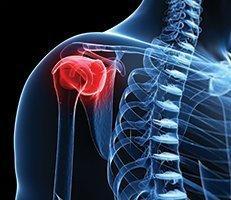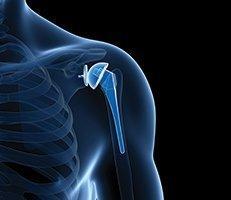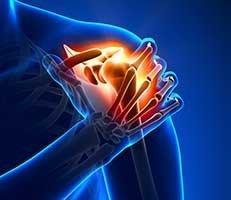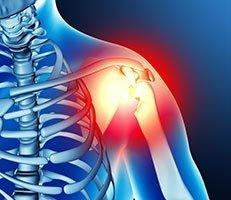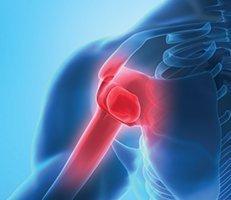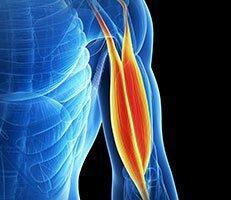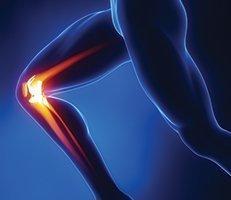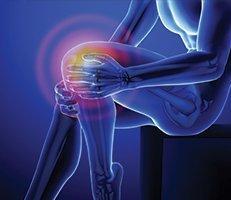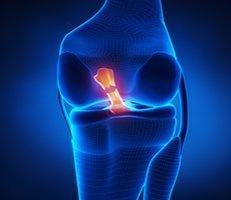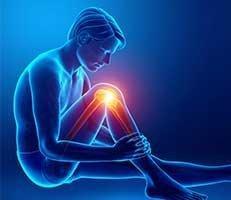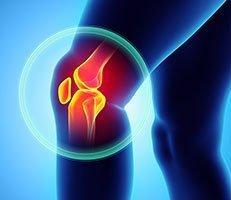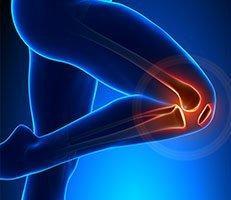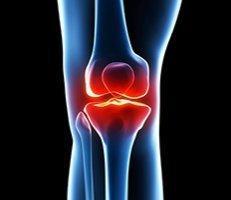Multiple techniques are available for orthopedic surgeons to use in the reconstruction of the anterior cruciate ligament (ACL). Tendon grafts have the most successful recovery rates when patients are in need of ACL reconstruction or revision surgery. An autograft is arguably the best option available when it comes to tendon grafts, but there are instances where the autograft is not available due to factors such as multiple ligament injuries, combined ligament injuries, or previous ACL reconstruction. In these cases, a tendon graft taken from a donor cadaver, known as an allograft, is the best option.
 Patients may also see various drawbacks with the graft materials available to them, and decide that an allograft is the best option for their recovery needs. An allograft is often highly recommended for the older population and patients who have low intensity lifestyles. This is due to the advantages and benefits of a quicker recovery time. The graft may also not be as reliable as an autograft for patients who participate in high intensity physical activity.
Patients may also see various drawbacks with the graft materials available to them, and decide that an allograft is the best option for their recovery needs. An allograft is often highly recommended for the older population and patients who have low intensity lifestyles. This is due to the advantages and benefits of a quicker recovery time. The graft may also not be as reliable as an autograft for patients who participate in high intensity physical activity.
Allograft Versus Autograft
Autografts can present some obvious disadvantages. For one, an extra incision must be added and important tissue will be sacrificed in the harvesting process. Symptoms from the harvesting of the tissue and bone may interfere with rehabilitation and make for a slower recovery as well. The grafts may also not always bring the desired result to the reconstructed tendon when they come from an autograft.
Advantages of Allograft
While there’s still drawbacks to the allograft technique, it has many advantages for patients who have had previous revisions to their ACL reconstruction. Here’s some of the advantages of allografts:
- Smaller incisions
- Shorter time in surgery
- Better choice of tissue and tissue size
- Reduced pain
- Risk of fracture minimized
Patients who are not putting as much stress on their ligament in their daily lives, or who cannot afford the recovery required for extra incisions and tissue harvesting, may benefit from an allograft.
Disadvantages of Allografts
There are several disadvantages to using allografts in ACL reconstruction or revision surgeries. In young athletes, while an advantage is a reduced recovery with the absence of extra incisions, there is a higher failure rate associated with allografts in younger patients. The tissue often takes longer to incorporate into young patients bodies. Finally, allograft tissue has demonstrated an inferior performance to that of ACLs constructed using an autograft. Younger patients have a higher risk of rupture to their newly constructed ligaments. In addition, there is a slight risk of disease transmission from the donor cadaver to the patients.
ACL Revision Surgery
Allografts are used frequently in ACL revision surgery. This is the case especially when the surgeon cannot use a preferable graft that was previously used to reconstruct the ligament. Allografts are especially helpful when surgeons must create a larger cross sectional area to reconstruct the ACL. If more collagen is needed than can be obtained from an autograft, an allograft is often used, particularly in the case of a multi-ligament injury to the knee. Collagen is an integral part of tissue healing, which is why surgeons prefer to preserve it.
Next, learn about synthetic/prosthetic grafts.

